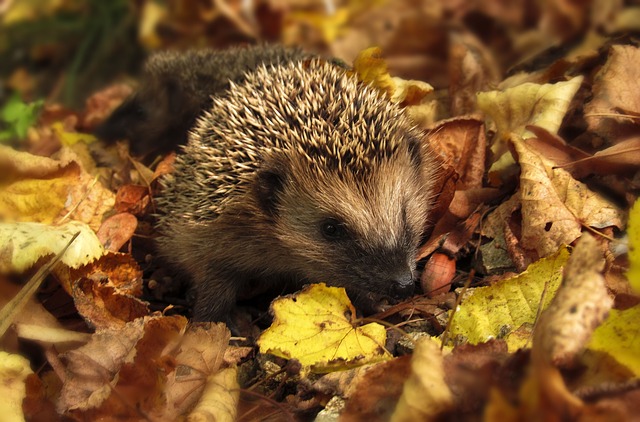
The leaves are falling fast from the trees and the season’s first frost doesn’t feel very far away. Suddenly, you realize that there isn’t much time left to put the garden to bed for winter.
And so you furiously dig out your tools and start cleaning up and cutting back. You pull up weeds, remove dead foliage, and cut plants down to the ground.
(Hopefully, you also lay down a layer of remineralizing rock dust to replace essential minerals and trace elements—like magnesium, calcium, silicon and iron—that have been depleted during the past growing season.)
Your November garden is now stripped bare of any dry or dead vegetation. All is well and good, right?
Human nature seems to want to rid itself of anything that isn’t fresh and alive. But “dead vegetation” is anything but dead. Sticks, leaves, wildflowers and weeds—all provide essential habitat for a variety of wildlife throughout the winter.
For example, seed heads attract a variety of birds that either harvest them straight from the withered plant or forage for them on the ground beneath. Empty seed pods are also good receptacles for holding rainwater, thus keeping birds and other wildlife hydrated throughout the winter.
Did you know that birds are more likely to succumb to dehydration than from lack of food in the winter? Consider keeping a bird bath full of water in your garden. To keep it from freezing, purchase an inexpensive heater.
By leaving patches of decomposing vegetation in your yard, you also provide shelter from the elements to birds and other small animals like field mice, reptiles, raccoons and squirrels. And, if you have a dead tree that doesn’t pose a danger, then by all means—leave it standing! Snags play an important role for larger animals such as owls, hawks and other birds of prey.
Go a step further by creating your own wildlife shelters throughout your yard. Simply stack branches and brush in a criss-cross pattern starting wide at the base and narrowing at the top. Finish by adding a few evergreens to create a protective “roof” from the snow and ice.
Wildlife shelters can be large or small, depending on the types of animals that you would like to attract. What they won’t be, however, is tidy and manicured. But what’s a little mess in exchange for giving back to nature?
We think there is a lot of beauty in that!
